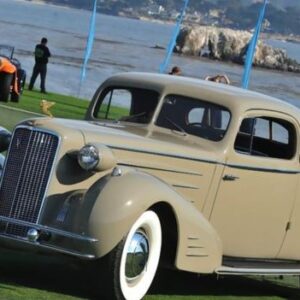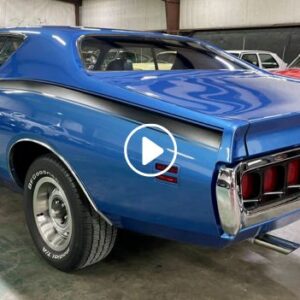The Bonneville remains one of Pontiac’s most prestigious models ever.
Besides the super-roomy interior that’s practically synonymous with Bonneville, the model line boasts powerful engines and comparatively above-average gas mileage. Just about anyone that’s ever owned or driven a Pontiac Bonneville model will tell you it’s a fast and fun car, and gearheads familiar with Bonneville’s history can attest to its somewhat unpredictable lifecycle.
Starting life in 1957, it almost instantly became the most prestigious Pontiac nameplates, leading the marque’s other brands with a full range of body styles, including hardtop coupes, hardtop sedans, convertibles, a pillared sedan, and a station wagon.
The 1957 Pontiac Star Chief Custom Bonneville (or just The Bonneville) – for example – is one of the rarest and most sought-after automobiles of the 1950s, with just 630 units (besides two prototypes) produced and distributed one per dealer in the U.S. That’s an interesting metamorphosis for a nameplate that began life as a range-topping, convertible-only special edition in 1957. For the 1958 model year, Bonneville added a specially-trimmed coupe to the convertible model, the objects of our fancy in this article.
The Bonneville Is One Of The Largest Pontiacs Ever Built

Even though Pontiac wrapped up the Bonneville model line in 2005, it is still one of the longest-running production automobiles beginning in 1957. Bonneville lived up to its name as the expansive ancient lake of the Pleistocene era spanning the western half of Utah and adjacent parts of Nevada and Idaho. It was always full-sized, offering spacious interior room for both front and rear passengers, with the only exemption being the comparatively short-lived mid-size models produced between 1982 and 1986.
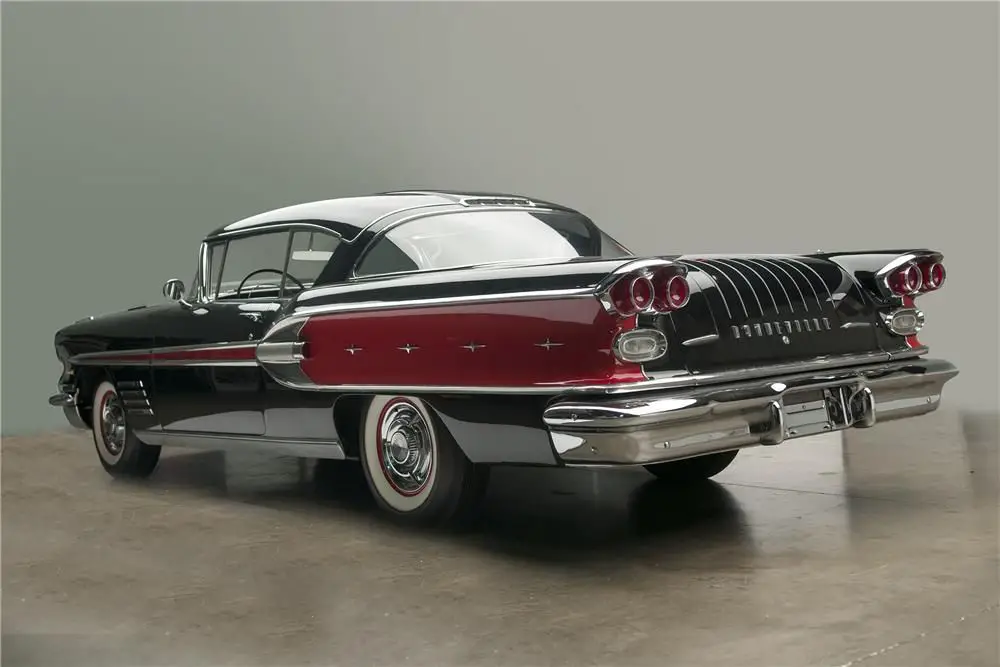
Interestingly, Bonneville was conceived as a limited production performance convertible for the 1957 model year, but ended up competing with the likes of Chrysler’s 1965 Dodge Monaco. Earlier on, Bonneville contented itself tormenting other full sizes like the ‘58–‘60 Mercury Park Lane, the ‘55–’60 Mercury Montclair, and the ‘62–‘65 Dodge Custom 880.
In 1971, Pontiac adjusted its gaze on the Oldsmobile and Buick and unleashed the full-size, top-trim Pontiac Grand Ville. Notably, Bonneville (known as the Parisienne in Canada until 1981) and its platform-sharing Grand Ville are some of the largest and heaviest Pontiacs ever built. The station wagon variant stretched over 230 inches long and weighed a hefty 5,000 pounds.
How The First-Generation Pontiac Bonneville Grew Up

Bonneville grew up rather quickly from its birth year of 1957 into a separate model line in 1958, with the original convertible body style now accompanied by a 2-door hardtop. As Bonneville matured into a separate model, it shed many of its predecessor’s luxury features, resulting in a significant price reduction of around $3,000. Also, a 255-horsepower 369.4 cu-in V8 (marketed as a “370”) with a four-barrel carburetor and dual exhausts was now the standard unit on the grownup 1958 Bonneville.
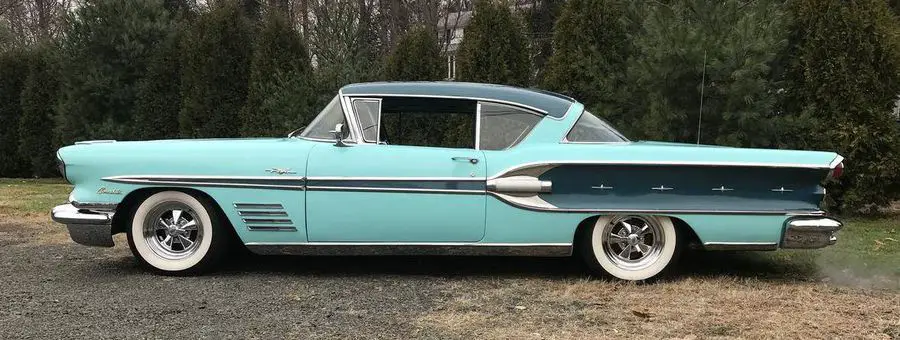
Remember we mentioned that Pontiac developed Bonneville as a high-performance, fuel-injected luxury convertible variant of the ‘54–‘56 Pontiac Strato Chief (commonly known as Star Chief). Star Chief was the top-trim of the ‘49–’58 Pontiac Chieftain. That meant it arrived with a long rolodex of standard luxury features, including power windows, leather upholstery, power brakes, a power-adjustable front seat, power steering, and a power-convertible top.
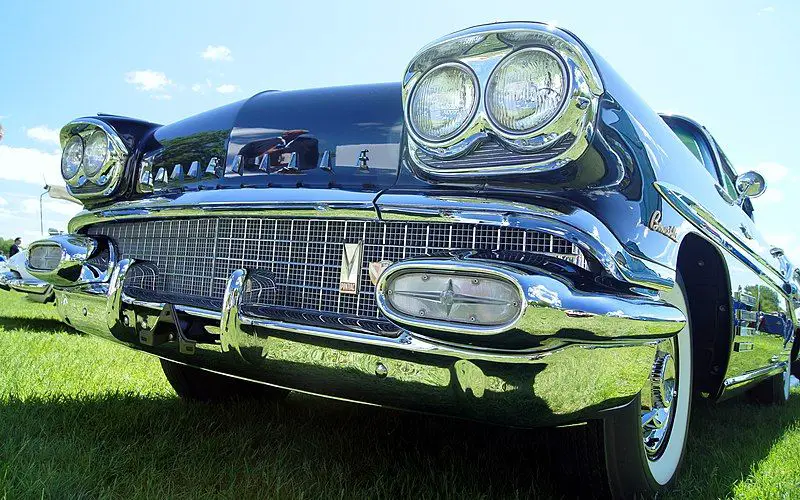
The only available option that didn’t come standard on the 1957 Bonneville was air conditioning and the externally-mounted spare tire known as a continental kit. Bonneville was also Pontiac’s first model to feature a fuel injection system as standard. Pontiac would not publicize official power ratings for Bonneville’s powerplant except that it could generate an excess of 300 horsepower. While independent road tests later found this claim inconsistent, no one could dispute Bonneville’s superior fuel economy.
The 1958 Pontiac Bonneville Model Overview
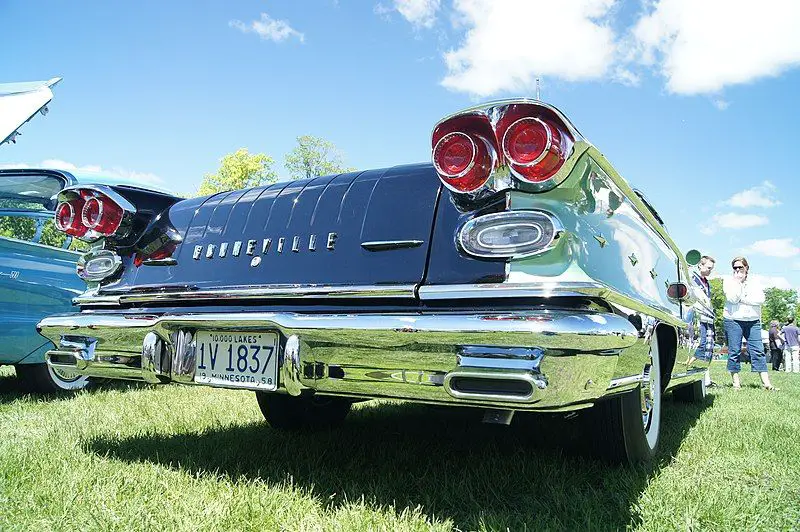
Although the 1958 Bonneville had grown from its position as a performance variant of the 1957 Star Chief to a standalone brand, it was still a performance model riding on the same chassis as before. While it had to shed most of the amenities that made Star Chief a top-range luxury model, it offered many of the same as optional. The upside to this is that the 1958 Bonneville was more affordable but its $3,600 price tag still made the 2-door sport coupe and the 2-door convertible Bonnevilles the most expensive Pontiac vehicles of that time.

More so, Bonneville had all the markings of a muscle car, in large part due to its powerful engines (it even came with optional bucket seats), starting with a base 370-CID, 255-hp V-8 with a Carter four-barrel carburetor mated to a standard 3-speed manual transmission — to a 285 horsepower paired with an optional Super Hydramatic automatic setup.
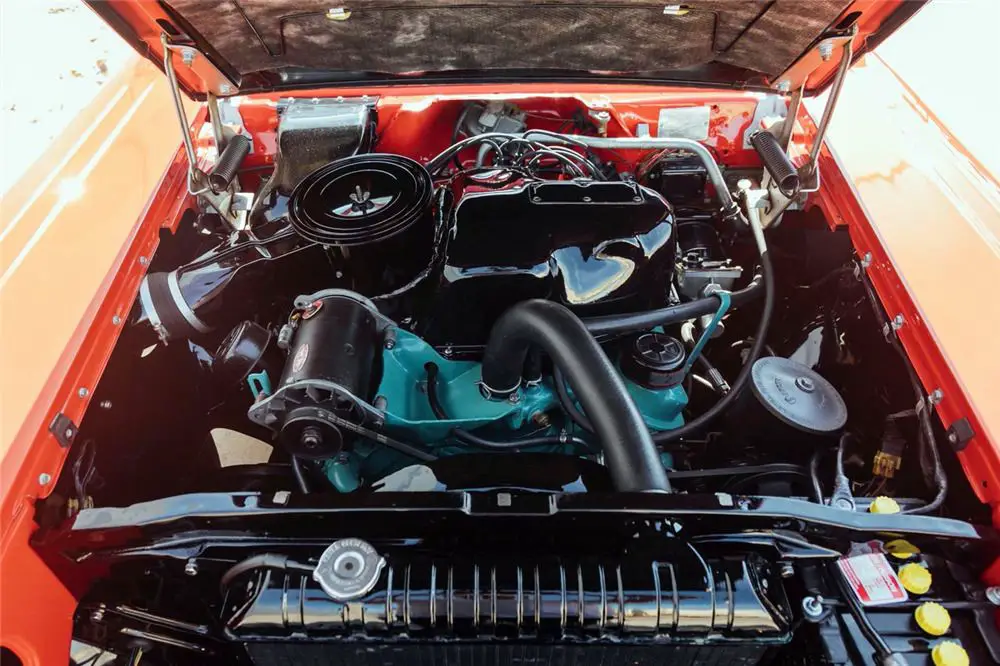
Customers could upgrade to a 310-horsepower Rochester “double-hump” fuel injection or a 300-horsepower Tri-Power setup consisting of three Carter two-barrel carburetors, 10.5:1 compression heads, and a performance camshaft. With the Tri-Power setting customers back an extra $93.50, it was the preferred upgrade to the fuelie option that came with a $500 price.
For just $254, showroom stock customers got their 1958 Bonneville delivered with a special “PK” package comprising the four-barrel carburetor, 10.5:1 heads, special dual exhaust, and a few other modifications raising the horsepower to 315. The same modifications (PM Pkg) added to the Tri-Power induction system for an extra $320 raised the horsepower to 330.

But besides the powerplant, the attractive exterior and interior features of the 1958 Pontiac Bonneville were enough to endear it to both the average customer and collectors. The factory 2-tone paint and chrome detailing still look cool today. Collectors hunting this very model can look out for an ensemble of period comfort creatures such as air conditioning, power seats/windows/brakes/etc., foam seats, and so on.

